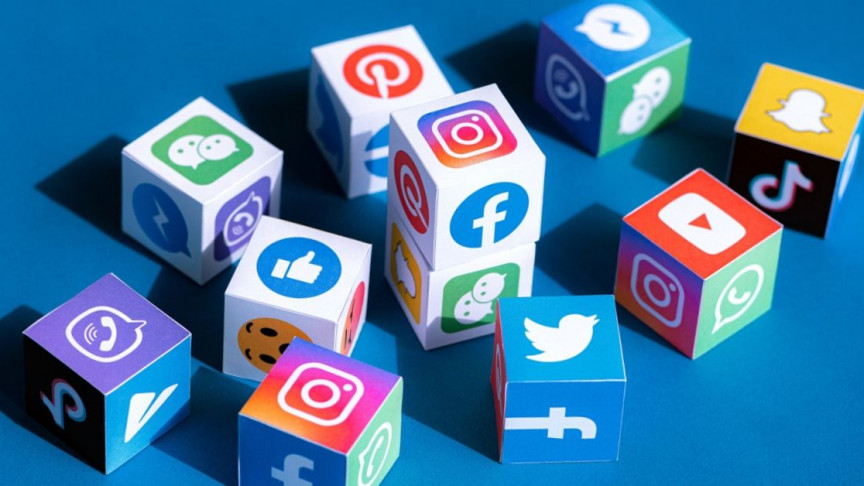By Olivia Yin
The establishment of new and addicting social media apps like TikTok as well as the stress caused by this pandemic have resulted in a drastic increase in the amount of teen screen time. This can have a profound effect on mental health, attention span, and time management.
When looking back at my screen usage from November 2018, my screen time was only an hour on the average day, with the highest used app being YouTube (which totaled an hour and a half a week). Now, my screen time data has completely changed.
In a report from Nielsen (a market measurement firm), media consumption has spiked up to 60% during the COVID 19 pandemic. During hybrid in-person days, my screen time is only about three hours whereas on remote days, my screen time can be around seven hours. And that is not including the seven hours of screen time from online classes.
Because students are on the computer all day long to attend classes and do homework online afterwards, we have reached unprecedented levels of screen usage. The Nielsen study shows an average of 13 hours screen time in March 2020 versus only eight to nine hours per day in 2018. There hasn’t been enough time to judge the severe problems this could present.
Although social media can be a way to express yourself and have your voice heard with positive messages, there are also negative messages as with everything. Social media can cause adolescents to compare themselves to others. This can create insecurities, eating disorders, depression, and anxiety. Of course with the pandemic, there is also less social face-to-face interaction that teenagers can have which can negatively affect their mental health as well. In fact, depression rates have skyrocketed.
A study done by Mental Health America in 2020 during the COVID 19 pandemic showed that 9.7% of youth in the US suffer from severe depression, up from the 9.2% in 2019.
Needless to say, there are many other reasons depression rates would rise like family stressors and unemployment of parents. To get away from stressful family situations even if they are not struggling with such severe problems, can have teens turn to social media as a stress reliever.
And TikTok is making millions off of teenagers hooked on the app. It makes it so easy to scroll for hours on end as there is a never-ending feed of videos. Not coincidentally, there are no panels on the app showing the time, or telling you any other information. The 15-60 second short videos fill your entire screen so you can’t help but scroll to the next video after video. This can make time management very difficult. The videos seem so short and manageable so you don’t know until you’ve looked at the clock that hours have flown by. With entertainment like Netflix, it is easier to gauge the passing of time with one episode being 25 or 40 minutes.
Even with videos so short, I find myself scrolling past a video after the first five seconds impatiently. Social media can cause a shortening of attention span. We are trained to need to receive intriguing information quickly in the first five seconds of the video or we click off. The information has to be compressed into such a short time before we lose interest. This is so different from reality where jobs and school classes go on for hours, needing people to stay engaged and attentive the entire time. Especially with online classes, it is much easier for eyes to wonder from the computer screen and onto their phones and social media.
It can be very difficult to get rid of all social media. But that doesn’t mean we can’t take small steps to lessen screen time. You can keep track of your screen time on your phone, and just delete the one app you spend the most time on during the school days and re-download it on the weekends. It can be easier to do this with friends or family. I know it’s not easy, but social media time must be limited to improve the mental state of adolescence during this difficult time.






Be First to Comment